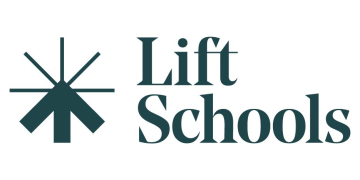A two-year £10 million project to renovate the digital apprenticeship service as it is scaled up is being launched by the Department for Education.
The development, to start as soon as next month, will aim to “simplify processes to remove burden” by, for example, creating a new function for paying end-point assessment organisations direct.
The number of employers using the system is expected to increase by more than 150,000 in the coming months as small and medium sized businesses transition onto it.
Large levy-paying employers have had full use of the digital service to manage their apprenticeships since the “minimum viable” system became operational in 2017.
It currently allows businesses to manage their apprenticeship funding, select a suitable standard or framework, choose a provider to deliver training and provide digital certification.
Over the last three years the department has “continued to add new capabilities” that are “connected through personalised user-outcome, AI based, real time data model”.
Two tenders looking for suppliers to now “make the service easy to use” and enable “all employers take greater control of apprenticeship funding” are currently live from the DfE and total £5 million each.
The successful bidders must scale the apprenticeship service “so that this holds true at significant volumes”.
Another “problem to be solved”, according to the tenders, is to “surface unmet demand to the marketplace” by “ensuring suppliers have visibility of real-time employer demand and can explore opportunities to fill gaps and meet employers skills needs”.
Officials also want the service to “mature” by suppliers “building out our continuous improvement function with focus on simplifying processes to remove burden, ensuring we maintain service availability and reliability as we scale the volume of users and increasing performance and efficiency”.
A key part of the upgrade will be to add a function that enables end-point assessment organisations to receive payment direct from government – rather than the current system where they are paid through training providers.
The incumbent software house supporting the digital apprenticeship service is the firm Contractsonline Ltd.
Both DfE tenders are worth up to £5 million and both “opportunities will both be supporting apprenticeship services”.
“Whilst there is some cross over in capabilities required for delivery, there is varying essential criteria which we are looking for in each opportunity,” the tenders state.
“They will be run independently of each other and will be assessed against the skills experience outlined. The current delivery model brings together managed services, potentially from different suppliers and permanent staff.”
The closing date for one of the tenders is 6 May with a start date of 1 June, while the last day for applications for the other is 13 May with the contract due to commence on 14 June.








Get the system right before the SME’s start to use it is an excellent approach. So SME employers may be thinking early next year would be an ideal time to start using this. Not in “Government Land” it isn’t! Lets start last January and figure it all out later!
Pity they didn’t start Covid-19 testing on a similar timeline before they were ready too!
We manage a very large UK based owner provider apprenticeship programme. Since the introduction of the apprenticeship service we have had to take on extra staff to cope with the increase in data entry. Why they could not have used the ILR system to work out the funding is beyond me . It only works for one or two apprentices per employer.
Batch uploading is a problem. In every way the new Apprenticeship service was a retrograde step in the funding claim methodology. So not holding my breath that the improvement will be an improvement.
Needs to start with the end user not top down to suit the civil servants.